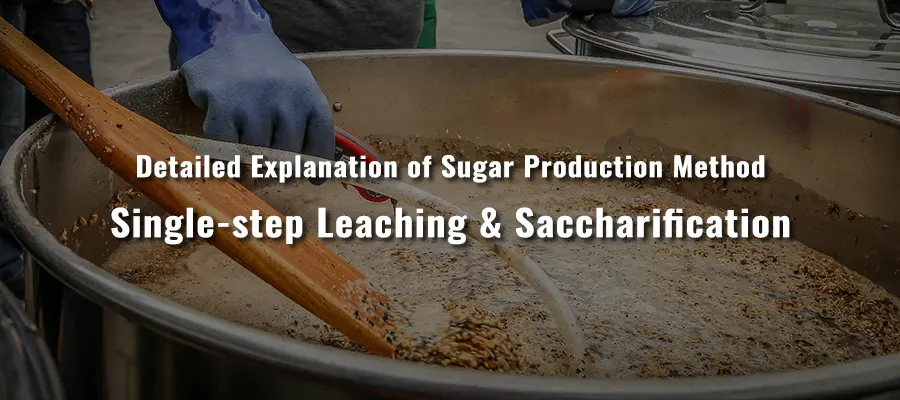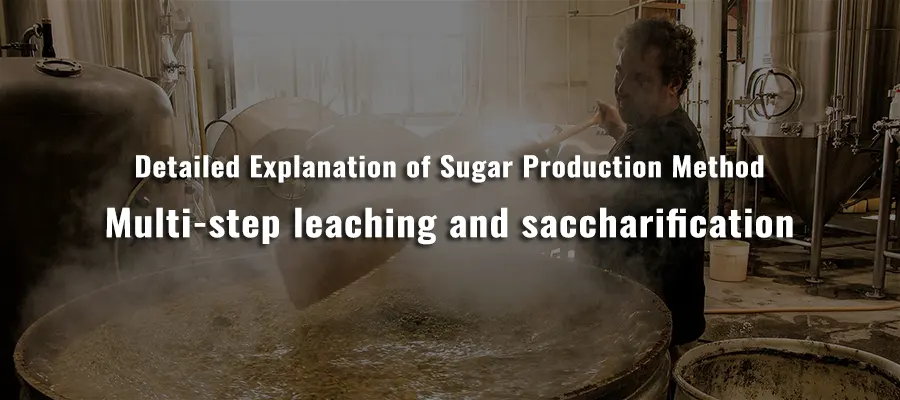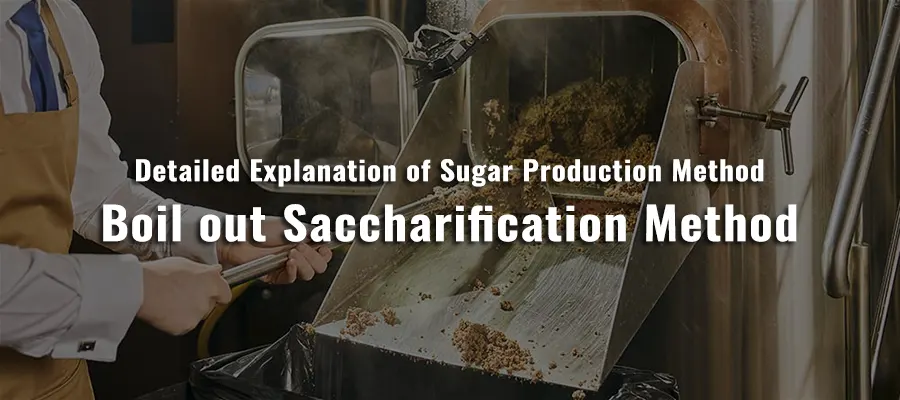Malting and mashing are fundamental aspects of the beer brewing process. These are the processes that have, for millennia, transformed starchy harvested grain into sweet wort that is fermented into ale and beer.
All saccharification methods have a common goal: to extract as much and high-quality extract from the malt as possible, provide it to yeast, and turn wort into beer.
But, the first step of malt dissolution does not start from saccharification, but has already started when malting. Including the characteristics of wheat, have also been determined during malting. Of course, some malt characteristics can be influenced during mash.
During saccharification, we can choose the malt matching method and treatment method according to the characteristics of malt to control the features of beer, such as fermentation degree, taste, foam stability, or whether there are enough yeast nutrients.
ONE STEP EXTRACTION SACCHARIFICATION
Typical Brewhouse Equipment
Kettle pot, 2-in-1 Mash pot (heat preservation barrel, excellent heat preservation effect) and Lauter tank (Filter, inclined bottom, operation with ploughing trough). A Filter bag can also be used for saccharification in the bag.
Description
Single temperature leaching is the earliest method, which is still used by most British and American breweries today. According to the news from English-speaking countries, the single leaching method was used in home brewing before industrialization
Operation Method
The crushed malt and the heated feed water are mixed in a container, and then the saccharification is stopped (kept warm for some time). Then, during filtration, the compact wheat grains sink in the mash to form a natural filtration tank, from which the wort permeates and finally enters the kettle pot. After collecting the first malt, you can start to collect the wort washed with grains.
Resting Temperature
The mash (malt and hot water mixture) was allowed to stop for 60-90 minutes at 61-71 ℃: at 61-63 ℃ β- Amylase is more active, and wort with a high fermentation degree can be obtained, which is suitable for brewing dry beer. Wort with high maltose has a fast fermentation speed, which is conducive to keeping yeast in suspension for a long time; At 69-73 ℃ α- Amylase is more active and produces nonfermentable dextrin. The resulting wort has a low final fermentation degree and rich dextrin content. It is suitable for brewing sweet and full-bodied beer.
When it reaches 69-70 ℃, the β amylase decomposition ability will decrease , and below 65 ℃ the decomposition rate of the β amylase is very slow, and incomplete saccharification may occur. At 65-68 ℃, there is no difference in the sugar composition of wort.
Considering the action temperature of the two enzymes, the most recommended one-step sugar extraction temperature is 66-67 ℃. At this sugar extraction temperature, the fermentation degree and taste of wort are very good.
The wort is heated to 76-78 ℃ for 5 minutes, and then the grains are sparged to reduce the activity of amylase, get more sugar in the grains, and ease the filtration of the grains.
To balance the hop taste in the beer, we can achieve this by controlling the residual sugar content (nonfermentable sugar content), such as wort with higher initial sugar content, use of burnt malt (dark beer, Chromaticity greater than 20srm, Use ratio less than 15%; light beer, Chromaticity less than 20srm, Use ratio less than 30%), and selection of yeast strains with lower final fermentation degree.
Also, another saccharification method is the cooling saccharification, which starts from 70 to 74 ℃ and cools to 60-65 ℃. This saccharification method can realize the process of starch decomposition into sugar, but it is difficult for homebrew lovers to control because the deactivation rate of βamylase is very fast at 70-74 ℃.
Suitable Beer Style
Basic malt with good solubility and strong enzyme activity is suitable for all kinds of beer. It is especially suitable for ale beer with light color, upper fermentation and Ale with malt; It can also be dark beer, whose color comes from dark special malt.
The multi-selectivity of malt varieties is very conducive to the brewer to give play to their expertise. For the use of some special malts, such as Marris otter and halcyon or optical malts, some special flavors can be obtained. Some malt manufacturers in the UK, such as Thomas Fawcett, Warminster, and birds, provide a wide range of burnt malts for selection.






